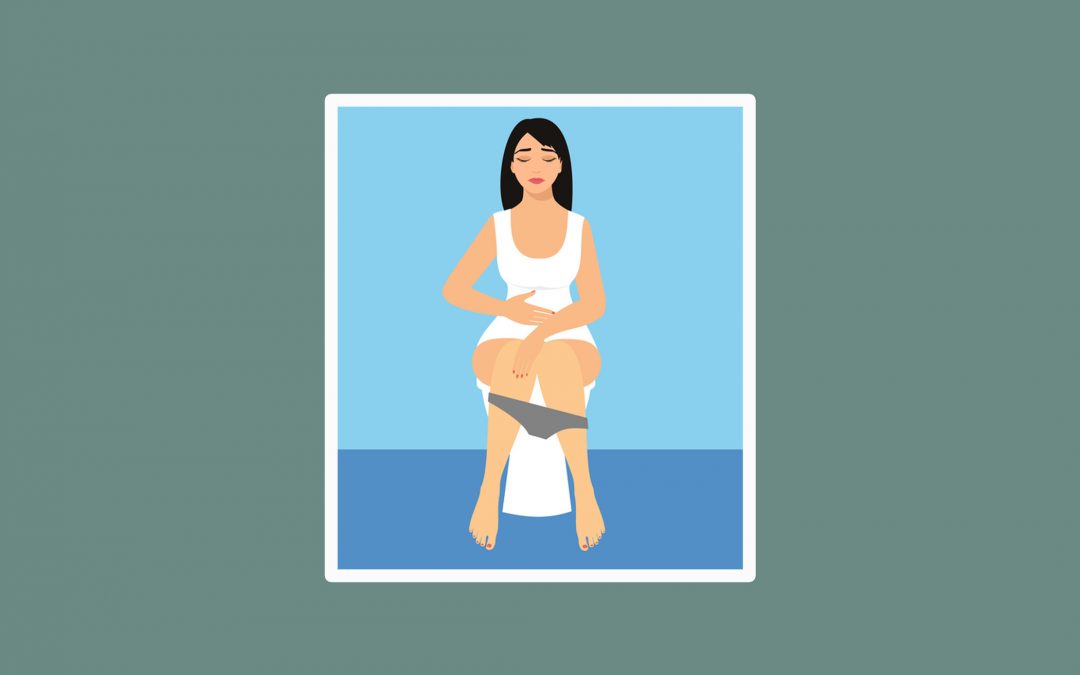Whenever a patient presents with symptoms of irritable bowel syndrome (IBS), the first thing I want to know about isn’t what’s coming out, but rather, what they are putting into their bodies. Your diet is a critical factor in how all of your body systems operate, especially your digestive system. One group of very common foods, FODMAPs, is a well-known IBS trigger, and avoiding them can be the key to relieving the bloating, diarrhea, nausea, constipation and other symptoms of IBS.
What are FODMAPs?
Each of these is a type of short-chain carbohydrate that some people cannot fully digest. Instead, FODMAPs pass through the stomach to the far end of your intestines. The bacteria in your intestines then use these carbohydrates for food. And their digestion process makes hydrogen gas causing IBS symptoms such as excessive gas, nausea, bloating, constipation and more. FODMAPs can also cause diarrhea by drawing liquid into your intestines.
FODMAPs are present in many everyday foods. They are so common, in fact, that you may be sensitive to them but not realize it. I know that’s been the case with many of my patients. So, if you’ve been struggling with IBS symptoms, the problem could be a diet high in FODMAPs.
What are common high FODMAPs foods?
The list of high FODMAP foods is pretty extensive, including foods you’d think are perfectly healthy (and that I’ve recommended that you eat more frequently). But eliminating them from your diet is a good way to tell if FODMAP consumption is related to your IBS.
- Vegetables and legumes: Garlic, onion, artichokes, cauliflower, most beans (black, kidney, soy, lima, butter, broad and haricot),peas, scallions, shallots, asparagus, mushrooms, and sauerkraut.
- Fruits: Bananas, apples, watermelon, avocados, raisins, cherries, pears, grapefruit, and peaches.
- Grains: Wheat, barley, rye, and most pastas.
- Condiments/Sweeteners: Honey, agave, fructose, pesto, tahini, hummus, molasses, relish, and tzatziki.
- Dairy Products: Animal milks, yogurt, custard, cheeses (ricotta, cream, and
almoumi), sour cream, ice cream, and gelato. - Drinks: Fruit juices with orange, apple or pear, herbal teas, oolong, and black tea, soy milk, sports drinks, rum, kombucha, wine, whey protein (unless lactose free), beer, malt, and chocolate.
- Meats: Sausage and chorizo.
If this sounds nearly impossible…I’m not going to lie, it’s hard. And this list is not comprehensive.
But if you are one of the 15% of Americans that suffer from IBS, removing FODMAPs from your diet might be the key to kicking IBS to the curb. I recommend my IBS patients go four weeks eating only low FODMAP foods.
This can seem difficult given when you look at the above list, but I promise you there’s plenty of flavorful foods left to choose from.
Common Low FODMAPs Foods
So…I’ve listed the foods you should avoid, it’s only fair that I give you a list of foods you should eat more of. These are low-FODMAP foods to add to your shopping list.
- Vegetables and legumes: Lentils, broccoli, carrots, eggplant, kale, ginger, chives, chick peas, brussels sprouts, squash, potatoes, olives, lettuce, pumpkins, spinach, tomatoes, and more.
- Fruits: Blueberries, cantaloupes, clementines, grapes, honeydew, kiwi, strawberries, raspberries, pineapples, oranges, lemons, limes.
- Grains: Wheat-free and gluten-free breads and pastas, rice, oats, quinoa, sorghum, seeds, buckwheat.
- Condiments/Sweeteners: maple syrup, mayonnaise, mustard, fish sauce, capers, peanut butter, wasabi, Worcestershire sauce, chocolate, soy sauce.
- Dairy Products: Butter, eggs, tofu, almond milk, rice milk, and cheeses (brie, cheddar, cottage, feta, goat, mozzarella, swiss, and parmesan).
- Drinks: Espresso and instant coffee, green tea, white tea, water, lemonade, vodka, gin, and whiskey.
- Meats: Beef, chicken, turkey, pork, lamb, tuna, salmon, trout, haddock, crab, shrimp, lobster, mussels, oysters.
Now let’s put that shopping list to action by planning meals with all of these delicious foods!
Creating Your Own Low FODMAP Diet Plan
Now, I know what you are thinking. “Here comes another diet plan with a weird gimmick and bland meals that I’ll want to quit after two days.” Believe me,I feel the same way about most “diets” out there. But as you can see, the list of low FODMAPs foods is long and the possibilities are endless. Most of these foods can be found in your local grocery store. Even better, you probably eat most of these foods all the time.
Roadmap to IBS Relief
If you have IBS, you know how frustrating it can be to find even temporary relief. Perhaps you are feeling that right now.
But, once you get the hang of it, it’s not that hard to use this tried and true, evidence-based IBS remedy. And it’s certainly safer than an array of prescription and over-the-counter medications, with varying merit and plentiful side effects.
There are plenty of additional resources online to continue developing FODMAP recipes and meal plans – even message boards to learn from other folks who’ve benefited from the low-FODMAP diet.
If you need a little more guidance, contact us for an appointment for some one-on-one help!




